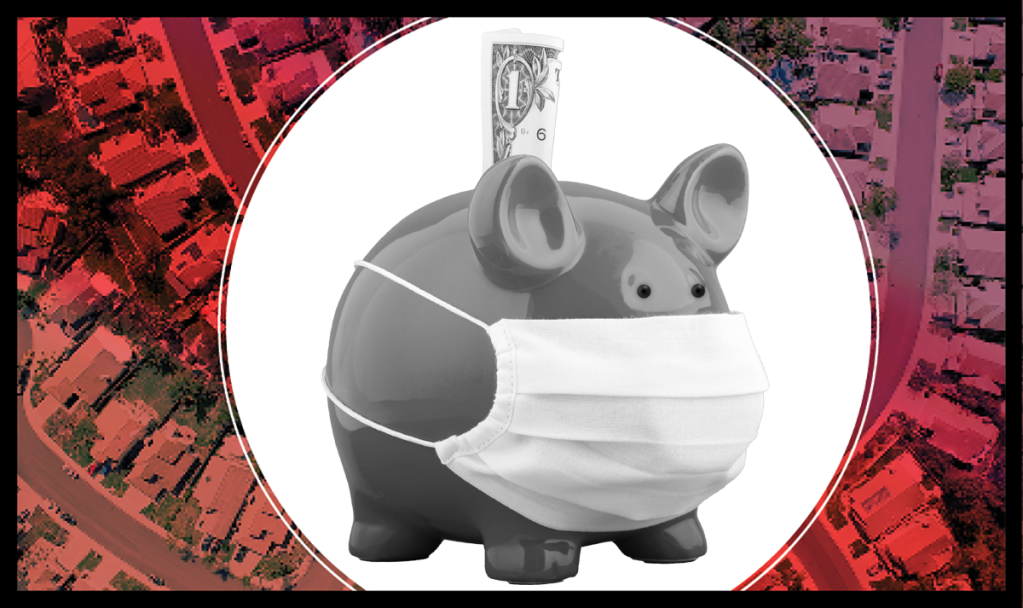
Several times a month, the National Multifamily Housing Council (NMHC) releases data from its Rent Payment Tracker, a measure of the number of tenants who have paid rent that month. Its most recent update, issued on Aug. 24, found that 90% of apartment households had made a full or partial rent payment by Aug. 20. Great news, right?

HW+ Columnist
Maybe not. The percentage of tenants paying rent declined 2.1 percentage points year-over-year. It slid month-over-month as well.
More importantly, the statistics come from a survey of 11.4 million professionally managed apartment units across the country. That means that small landlords – the mom-and-pop investors who own single-family homes for rent or perhaps a small apartment building – are not reflected in NMHC’s statistics. But it’s these landlords that are the most vulnerable to the economic impacts of COVID-19.
Why smaller landlords are at risk
Mom-and-pop investors are especially vulnerable if their tenants fail to pay rent. Many are undercapitalized and would be unable to pay their bills if a tenant became delinquent or vacated a unit.
The post The impact of COVID-19 on small landlords: How to lower the risks appeared first on HousingWire.
